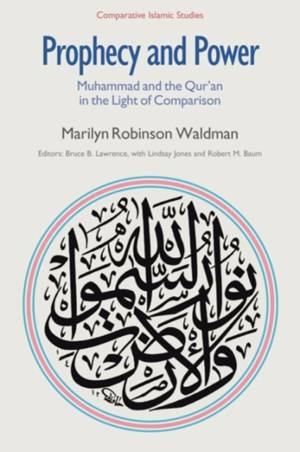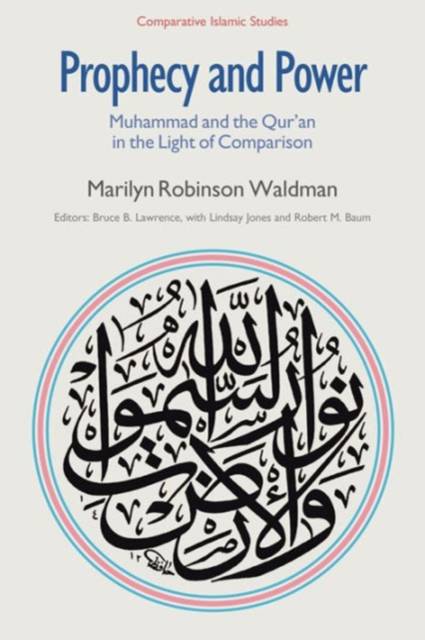
- Retrait gratuit dans votre magasin Club
- 7.000.000 titres dans notre catalogue
- Payer en toute sécurité
- Toujours un magasin près de chez vous
- Retrait gratuit dans votre magasin Club
- 7.000.000 titres dans notre catalogue
- Payer en toute sécurité
- Toujours un magasin près de chez vous
42,95 €
+ 85 points
Description
A posthumous work by the most rigorous comparativist in her generation of Islamic studies scholars, Prophecy and Power proposes a major innovative approach to both the Prophet Muhammad and the Noble Qur'an. By the end of the ninth century the Prophet Muhammad had emerged as an intercommunal norm beyond compare, and yet the very constructedness of this model of Muhammad allows historians of religion to see how the process itself requires us to undercut the terms used. We undercut them by qualifying them with multiple meanings, both overlapping and corrective, but we also decapitalize them in order to suggest how much broader they were in earlier contexts, and how much broader they may become, or were intended to become, in later contexts.
Spécifications
Parties prenantes
- Auteur(s) :
- Editeur:
Contenu
- Nombre de pages :
- 208
- Langue:
- Anglais
- Collection :
Caractéristiques
- EAN:
- 9781781790304
- Date de parution :
- 29-08-13
- Format:
- Livre broché
- Format numérique:
- Trade paperback (VS)
- Dimensions :
- 155 mm x 231 mm
- Poids :
- 317 g







